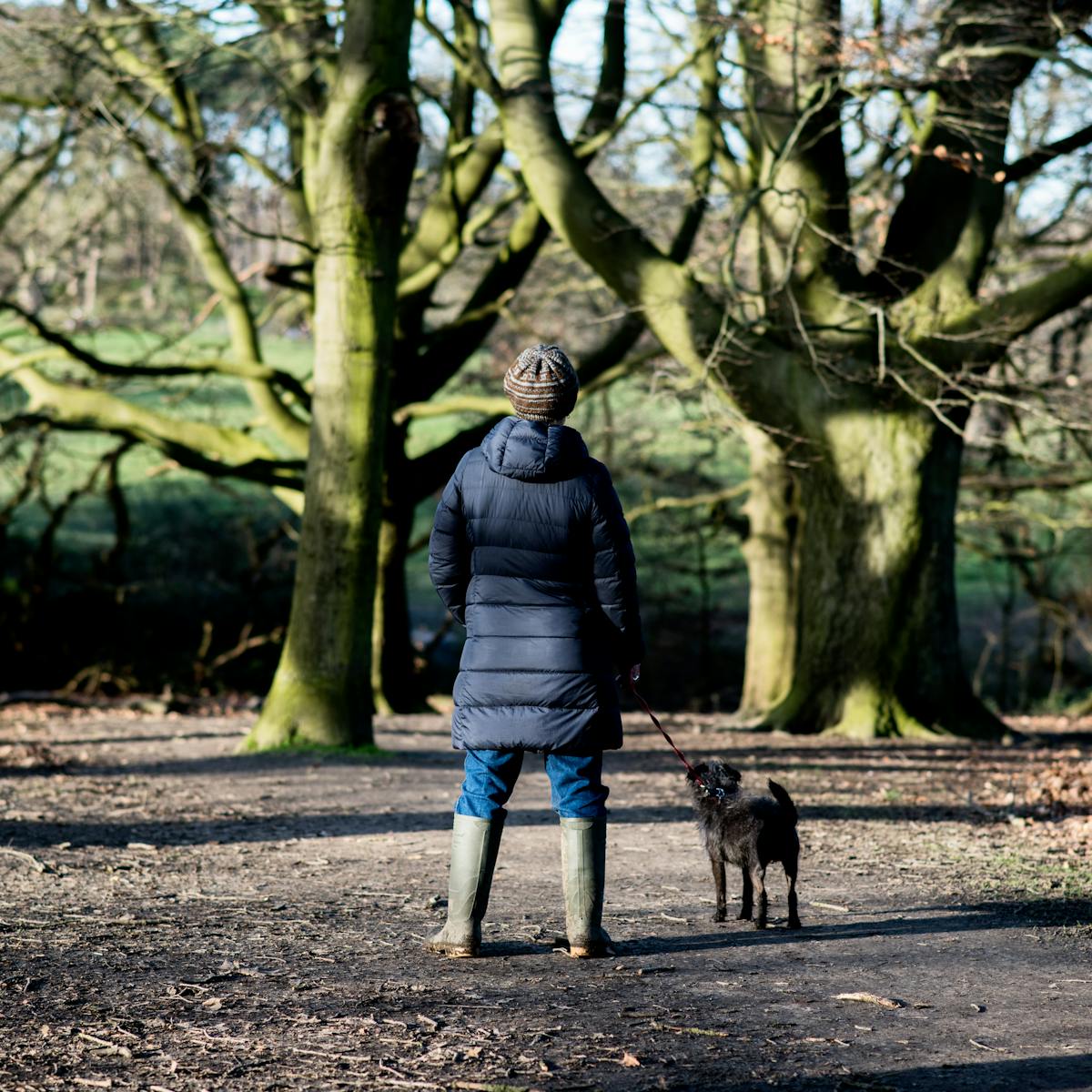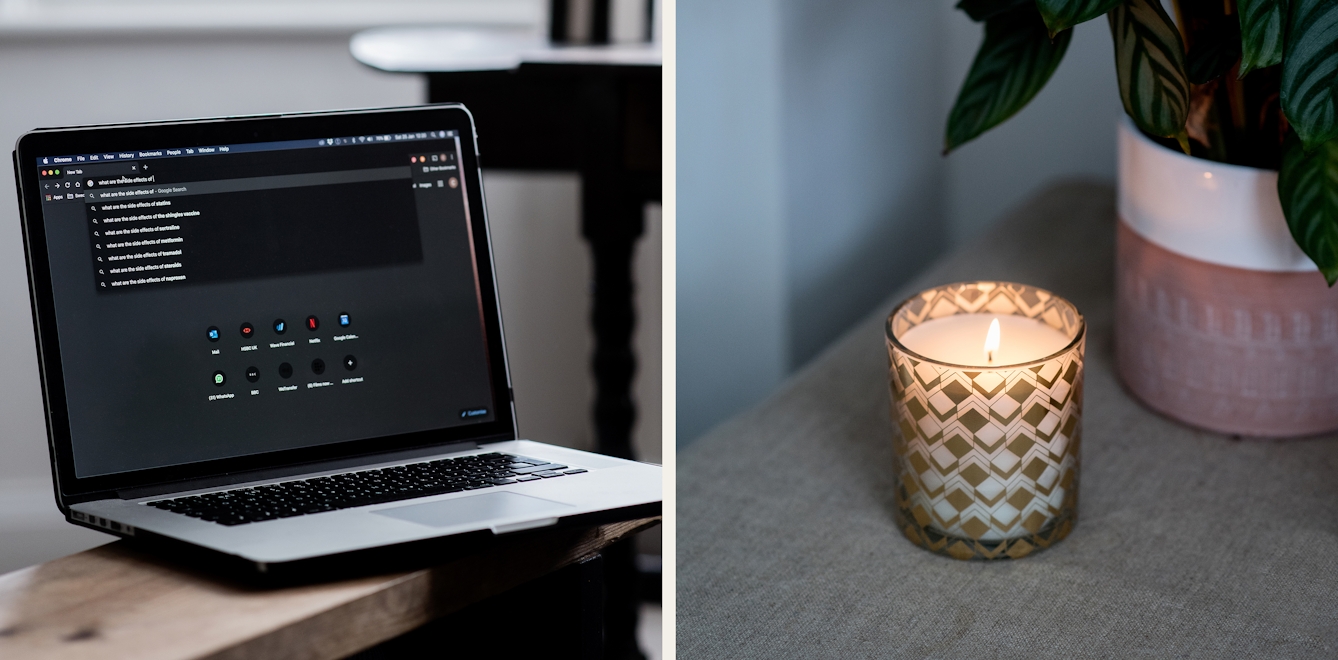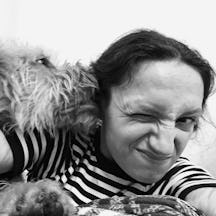Years of living with a mental health condition has made artist Rachel Rowan Olive an expert – she, and not her GP, has a detailed knowledge of what works best for her. Here she argues that controlling her own medication is an essential part of her treatment.
Trust me, I’m a patient
Words by Rachel Rowan Olivephotography by Camilla Greenwellaverage reading time 4 minutes
- Article

There’s a meme that does the rounds on Disability Twitter every so often. It goes like this:
Doctor: Don’t confuse your Google search with my six years at medical school.
Patient: Don’t confuse your one-hour lecture on my condition with my ten years of living with it.
This clash of perspectives is often most intense around prescribing medications that have either high addiction potential or a black-market value, like benzodiazepines and sleeping pills. GPs are often reluctant to prescribe these, which is to some extent understandable: they are serious medications that can do serious harm if mismanaged. The medical profession does not have a good track record in avoiding this harm. But setting benzodiazepine reduction as a goal in itself just doesn’t reflect the reality of life as a patient in today’s NHS mental health services.
To put my cards on the table: I have been taking lorazepam, sometimes called by its US brand name Ativan, for nearly five years. I use it to manage mental health problems manifesting as acute anxiety, self-harm and suicidal crises. Lorazepam is Valium’s big sister – it acts faster but leaves your system quicker too.
My average usage varies from once or twice a month to maybe three times in a bad week. If acutely suicidal, I might take it daily for a week or so. I have small but regular prescriptions.
The power of the prescriber
A doctor’s power over prescribing is fairly absolute, but clinicians differ in their assessments of the relative benefits and risks in this area. For instance, there is a marked difference in how medication is handled in primary care (at the GP surgery) versus secondary (specialist) mental health services, such as in-patient units.
In my experience, sedating drugs are often liberally handed out or even forcibly administered on psychiatric wards, where sleepy patients are considered low-risk patients. Knocking people out with lorazepam under traumatic physical restraint has been known as a punchline to nursing ‘humour’: it gives staff a ‘silent night’.
Once a patient is discharged home, however, doctors adopt a moralising tone about ‘dependence’, and a corresponding reluctance to prescribe creeps in. It is hard to see this as anything other than a double standard: when it makes clinicians’ lives easier for me to be calm and quiet, concerns about addiction take a back seat. Only once it is my own suffering that might be eased do those concerns become major.
My previous experiences in A&E still give me flashbacks.
There is a difference between addiction, and medication meeting an ongoing need. I am not physically dependent on lorazepam – if I were, it would no longer be any use to me. But I do rely on it psychologically, partly because urgent mental healthcare is so utterly undependable.
If I am suicidal and unsafe out of hours, I have three options: go to A&E; call the mental health crisis team, who will tell me to go to A&E; or refer myself to a local residential crisis house, who will have no beds and send me to A&E. My previous experiences in A&E still give me flashbacks. If I can take lorazepam and sleep until I can call my social worker, this is obviously preferable.

"I know when a hot shower and a scented candle will do the trick and when it won’t."
Mindfulness or self-management?
People often suggest that reliance on medication would reduce if we could employ alternative coping strategies, like exercise or mindfulness. “Have you tried going for a walk? Nice smells are really grounding!”
Actually, yes, I have tried that. I walk two hours a day with my dog. I did two years of dialectical behaviour therapy, which focuses on mindfulness. I have struggled with self-harm for nearly half my life. I know when a hot shower and a scented candle will do the trick and when it won’t, and need doctors to trust that I am best placed to judge when I have reached the limit of my own resources.
I have friends who use similar regular prescriptions of benzodiazepines to self-manage in a whole range of ways: to head off hypomania at the pass when the early-warning system of insomnia kicks in; to break a cycle of sleeplessness and anxiety, thereby avoiding a crisis; to manage distress caused by hearing voices or seeing visions. In these circumstances, periodic use of benzodiazepines might be an alternative to antipsychotic or mood-stabilising medications, which come with their own sets of pros and cons.
As long as we are told about addiction risk and supported to avoid it, we can weigh the risks and benefits of medication based on years of living inside our own heads and – yes – a Google search of the side effects. I thank my lucky stars that my GP has not so far taken it upon herself to save me from myself on this.
About the contributors
Rachel Rowan Olive
Rachel is a mental health service user/survivor, illustrator, and MA student in Applied Linguistics at Birkbeck, University of London. She uses her lived experience of mental health and social policy to inform research consultation and teaching and training work. Rachel is a trustee of the National Survivor User Network and a member of Studio Upstairs Dalston, a therapeutic artistic community.
Camilla Greenwell
Camilla Greenwell is a photographer specialising in dance, performance and portraiture. She regularly works with Sadler’s Wells, Barbican, Candoco, Rambert, The Place, the Guardian, the British Red Cross, Art on the Underground and Wellcome Collection.

